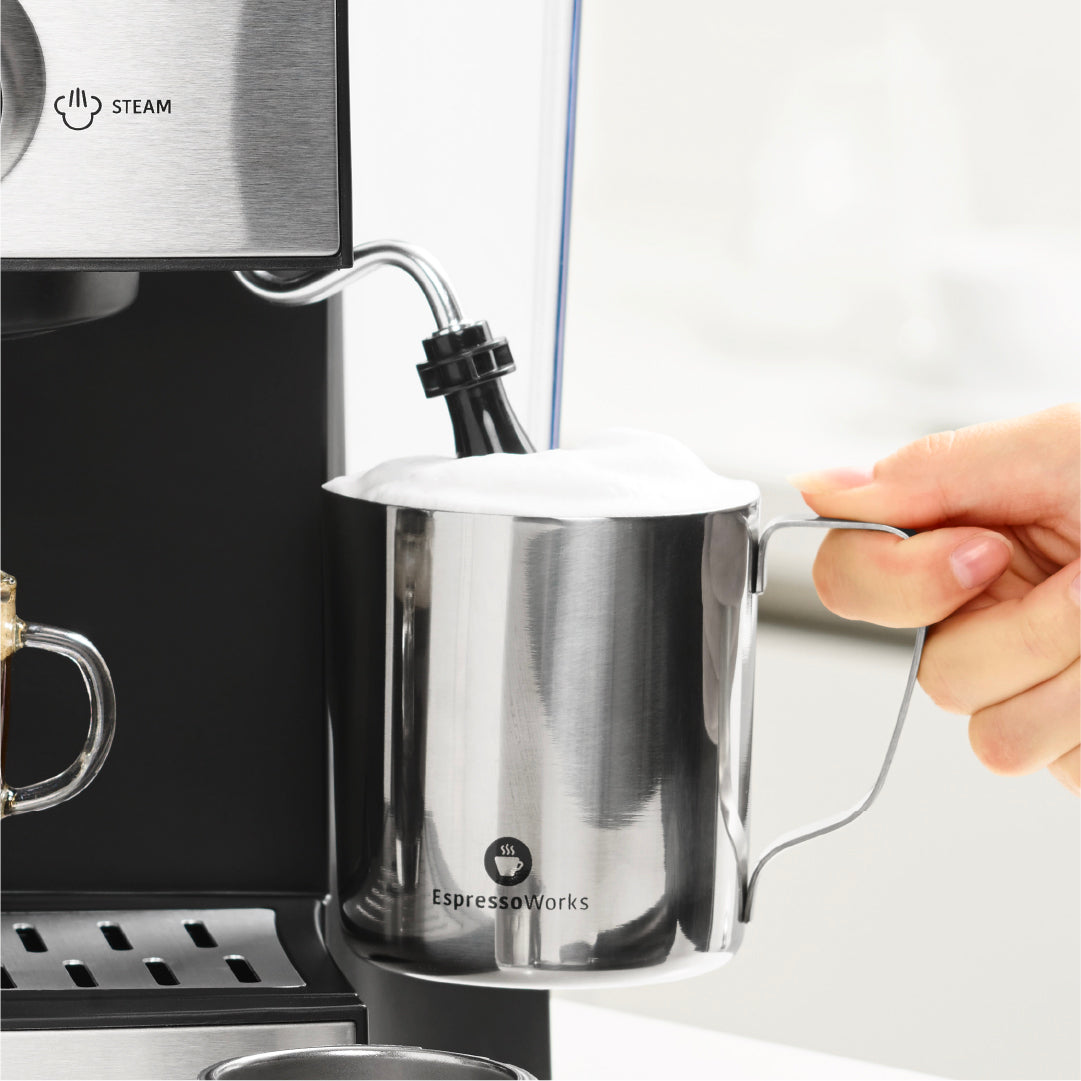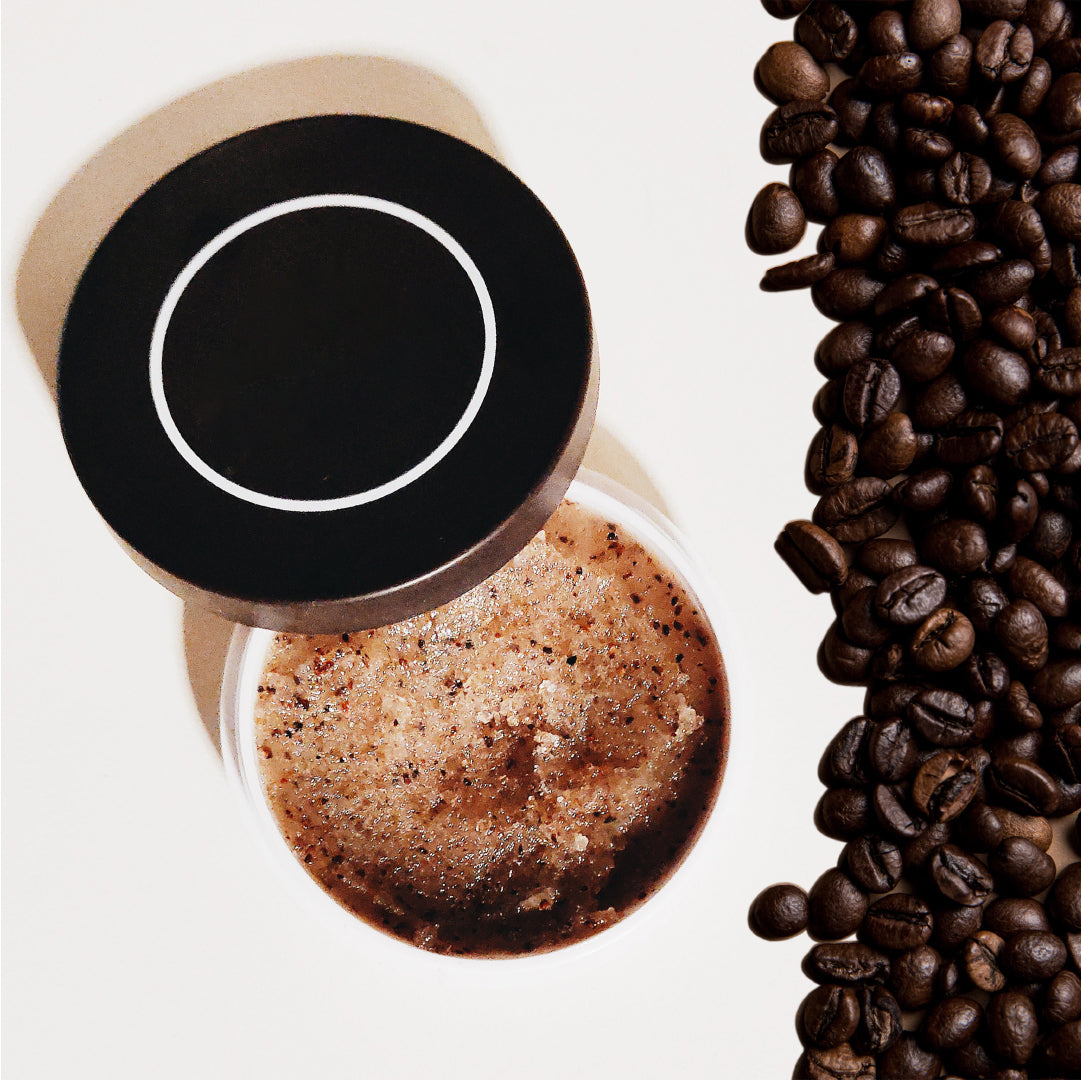
6 Essential Steps to Turn Good Coffee into Great Coffee
There’s nothing quite like brewing the perfect cup of coffee early in the morning to set your day off on a high note. However, without consistency, you’ll almost certainly have a few mornings where your coffee will leave you wishing you’d have just stayed in bed. But fear not, aspiring home baristas, with these six simple steps, you’ll be able to build consistency into your coffee-brewing routine and guarantee the perfect cuppa every single time!
- Grinding Your Coffee
- Measuring Your Coffee
- Tamping your Coffee
- Extracting Your Shot
- Steaming Your Milk
- Cleaning Your Machine
Step 1: Putting in the Hard Grind
A lot of people overlook the grinding process, but it is actually one of the most important components to crafting the perfect homebrewed coffee. For this step, you can use a manual burr grinder or an electric coffee grinder to get your selected coffee beans to the right consistency. Remember, if you’re looking for a slow extraction shot, adjust your grind to be finer and if you want a faster extraction shot, make sure to grind your beans a little coarser. This is because finer grinds can be packed tighter, making the extraction process slower and vice versa.
What’s the difference between slow and fast extracted shots? The main distinguishing factor is the flavor you end up with. As a general rule of thumb, quicker espressos will have a lighter body and higher acidity while lower espressos will have a heavier body and more sweetness.
Try not to grind your beans too coarsely or too finely as this could result in a weak, watery shot or one that is far too bitter and strong.
Step 2: Is There Really Such a Thing as Too Much Coffee?
Sadly, the answer to this question is yes. If you don’t measure out your coffee accurately before adding it to your espresso machine, you’ll end up with inconsistent results. After grinding up your coffee beans to the correct consistency, you should use measuring spoons or a coffee scoop to gather up the right amount of coffee each time. To really get the measurement down to a science, use a digital weighing scale to ensure the amount of coffee you use is accurate down to the gram.
For a double shot of espresso (about 2oz/60ml), the usual amount of coffee is between 13 and 18 grams.
Step 3: Tamper with the Flavor
Quite literally, using a tamper will change the flavor profile of your espresso shot and impact your coffee immensely. A tamp helps to pack your coffee grinds tightly into the basket so that there is more flavor when your coffee is extracted. To ensure even distribution of your coffee grinds as you tamp, apply pressure slowly and evenly so that you don’t accidentally end up with one side being packed tighter than the other.
Step 4: Extraction Time!
If you’ve put in the hard work in preparation, this step should take care of itself. Simply let your espresso machine do its job and you’ll have a rich, fragrant shot of espresso ready in just a few seconds. Some things to look out for in a successful extraction are:
- The coffee should emerge faster as the extraction progresses
- Even flow from both spouts
- The last bit of liquid from your extraction should look like discolored water (indicating that all the flavor has been extracted)
As a general guideline, you should aim to extract about 60ml (2oz) of espresso for your double shot, in about 26-32 seconds.
Step 5: Making Milk Magnificent
When steaming your milk to make it frothy, you should start with cold milk and only use what you need. You can use a frothing jug for this step to make sure you aren’t adding too much milk. You want to only add in the correct amount of milk you need because each time you brew coffee, you should add in freshly steamed milk. Do not reuse any leftovers for later.
While you can use a steam tip to steam your milk, you can also use a milk frother for this step. Just ensure that at the end of the process, your milk is at a temperature of around 65°C (149°Fahrenheit).
Step 6: Consistent Results Require Careful Cleaning
Your espresso machine is delicate and, if you do not maintain it properly and give it the love it needs, even the best coffee can end up tasting foul. For general maintenance, cleaning brushes, microfiber towels and cleaning kits will ensure that your machine stays pristine on an aesthetic level.
However, to make sure its internals are clean, you’ll need a high-quality descaling liquid to help mitigate the natural build-up of calcium that occurs when water is heated up in the boiler of your espresso machine. For the best results, run the recommended amount of descaling liquid through your machine as if you were making a regular cup of coffee and then do another run with water to wash out any remaining descaling liquid.
Practice and Patience Breeds Perfection
It may take a few tries before you get the process exactly as you like it. Trial and error is a key component in growing and improving as a home barista, and even if you fail a few times, the most important thing is to keep at it and enjoy the learning process. Before long, you’ll be brewing consistent cups of coffee that’ll leave your friends wowed and, perhaps more importantly, will ensure you always start your day with that perfect cup of heaven.









Share:
Barista Tools You Need to Amp Up Your Coffee Set Up
What's the Difference Between a Latte and Cappuccino?